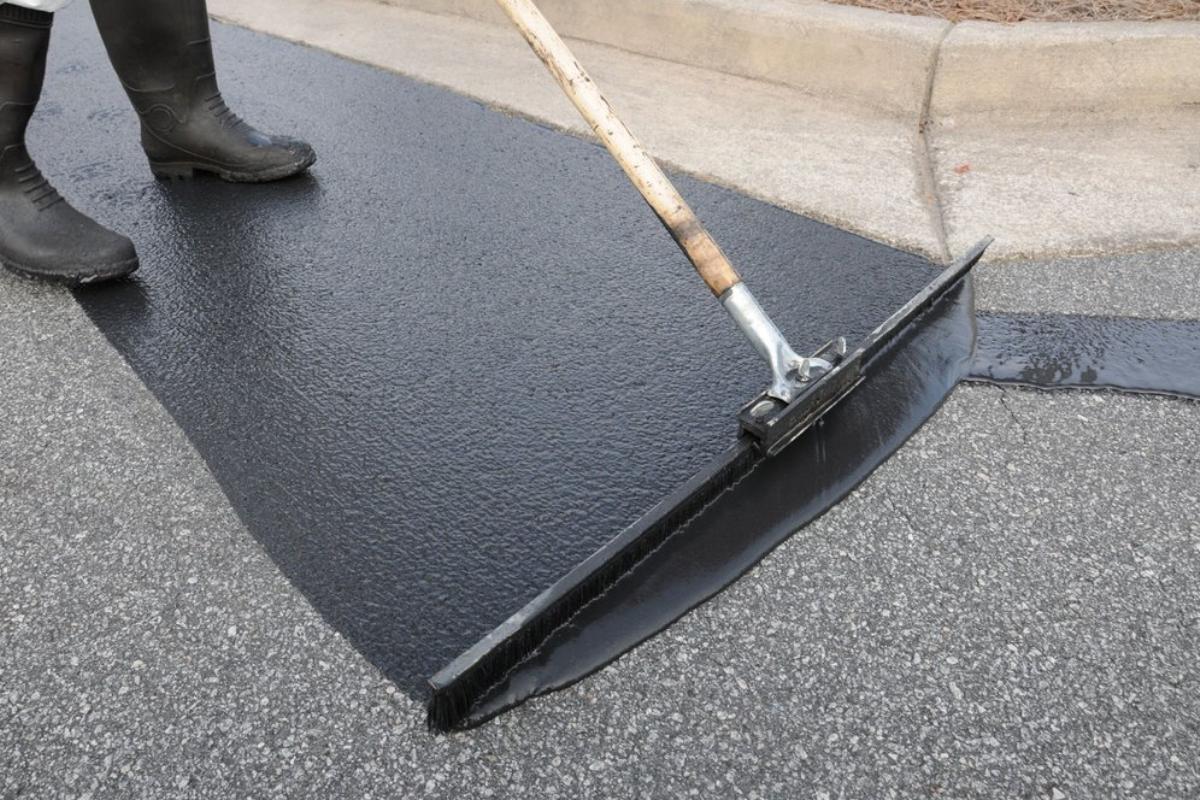
Most individuals know that recycled asphalt pavement, or RAP, has been a preferred phenomenon since the 1970s. Back then, serious efforts began in Texas & Nevada to experiment with old asphalt to make it more sustainable. Today it is not just pavement that's reclaimed; we've even discovered a way to utilize recycled tire rubber and roofing shingles in asphalt binders! Moreover, we can also use reclaimed glass for sand!
Of course, people have their doubts about reclaimed asphalt. But trust us, it functions even better than new asphalt. You can recycle your old asphalt and add reclaimed tires for binding and recycled glass for sand in the renewed asphalt aggregate.
Today, RAP is developed to fulfill three conditions:
The standard method combines hot asphalt with reclaimed asphalt in a heated tumbler truck to pave new roads. In addition, cold mix using recycled asphalt conserves energy. We realized the idea might occur to you to use recycled asphalt and recycled tire rubber. Still, a study completed in 2018 shows employing all-out recycled elements only narrowly enhanced the quality of the roadway but made it too inflexible. So far, one reclaimed component and one new component seem to be the most promising way to combine materials for sustainable pavement.
Before we go too far in this excellent discussion, here are four ways you can reclaim asphalt paving in Orlando.
This process involves grating or milling the topmost pavement layer without extracting the subgrade. Then, the asphalt fragments are transferred to an asphalt recycling factory, where it is crushed, sorted, and graded for reuse in patch projects and asphalt repairs.
The pavement's top coating is not milled; instead, it is warmed and blended into the subgrade to construct a new base for virgin asphalt. This is also dubbed Hot In-Place Recycling. It conserves plenty on procuring fresh subgrade materials and, when needed, can be reclaimed, then paved with a fresh binder atop the blended subgrade.
Asphalt shingles are the most affordable roofing option; they can endure up to two decades with reasonable care before demanding replacements. The fundamental ingredients of asphalt shingles contain asphalt cement, hard aggregate, and fiber, which are regularly employed in hot mix asphalt. After tear-down, the shingles are pulverized, and their hardness is counteracted by adding softer asphalt to improve the elasticity demanded for pavement installation. And then, the reclaimed mix is hauled off for paving.
While these products are not only used for asphalt recycling, they help produce precise grades of reclaimed aggregates to construct robust pavement. Glass bottles are transformed into sand for asphalt use. At the same time, rubber tires are reclaimed into crumbs and binders for paving. Rubberized asphalt can include some amount of recycled asphalt, but this has to be accurate because too much recycled asphalt can compromise the flexibility of the pavement. Rubberized asphalt is perfect for quiet roads in metropolitan areas.